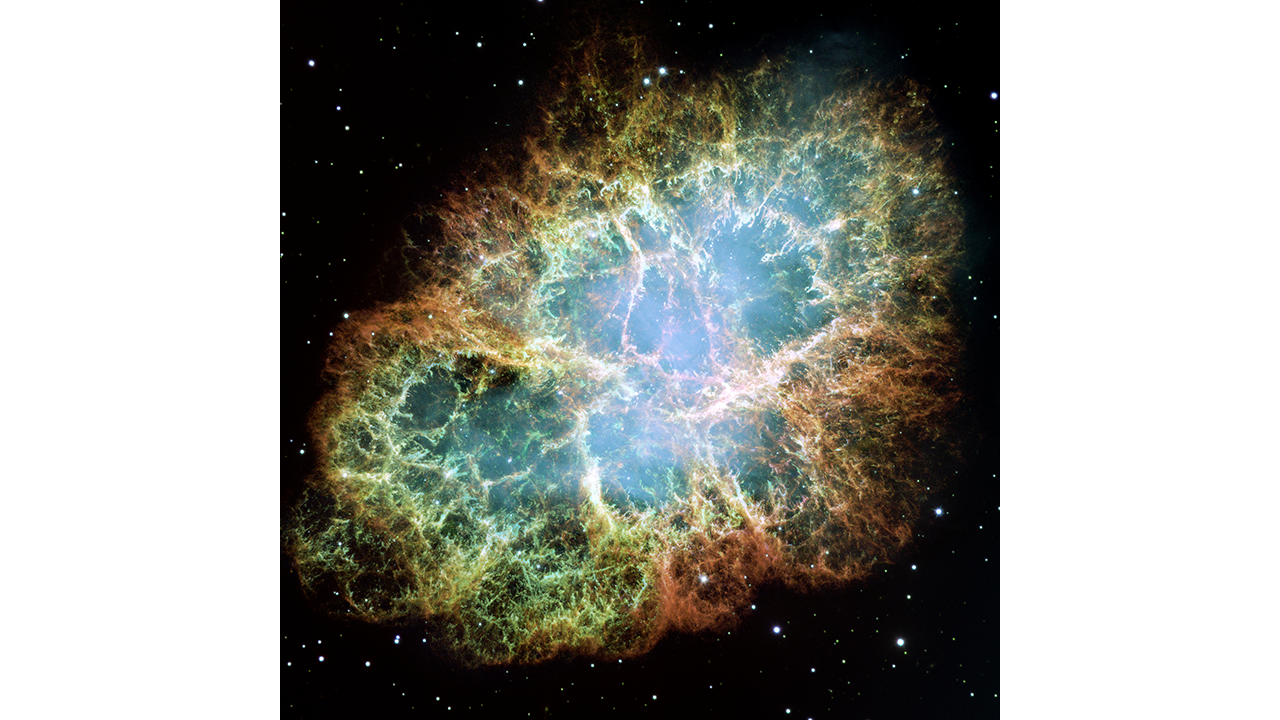Chinese scholars were able to read at night by the light in the sky for months. Each culture around the globe assigned it a different meaning according to each of their religions and beliefs. But what was it?
The Event
In July of 1054, a magnificent "guest star" suddenly appeared in the night sky, intensely illuminating the constellation Taurus. While Chinese astronomers documented its brightness and location, Islamic scholars recorded its presence in their astronomical manuscripts. This celestial phenomenon is now recognized as SN 1054, but in the 11th century, is was one of the most puzzling occurrences in astronomy.
The Science Behind the Event: Supernovae
The death of a star; one of the most wondrous astronomical happenings, a supernova is the result of a tug-of-war game. In stars, gravity tries its hardest to pull everything to the center, the lowest dip in the space-time trampoline. But the star burns outward, using its energy to push away from the center as hard as possible. However, gravity eventually wins, and when it does, the change is rapid. When the star runs out of fuel, the pressure it was creating by flaming outward drops, and gravity acts fast. The star collapses in on itself within seconds, with all of its matter being compressed into a tiny ball until… BOOM!
The energy released from all the reactions in that compact core sends a powerful shockwave to the outer layers of the star, sending everything exploding out into the universe. The result? A massive cloud of hot gas called a nebula. The product of the 1054 Supernova is something we call the Crab Nebula. Here’s an incredible picture of the Crab Nebula captured by the Hubble Telescope:
The way matter in our universe acts is incredible. What’s equally as incredible is how scientists have decoded this behavior and even taken pictures of space like the jaw-dropping one above. I don’t know about you, but I would do anything to witness a supernova with my own eyes.





